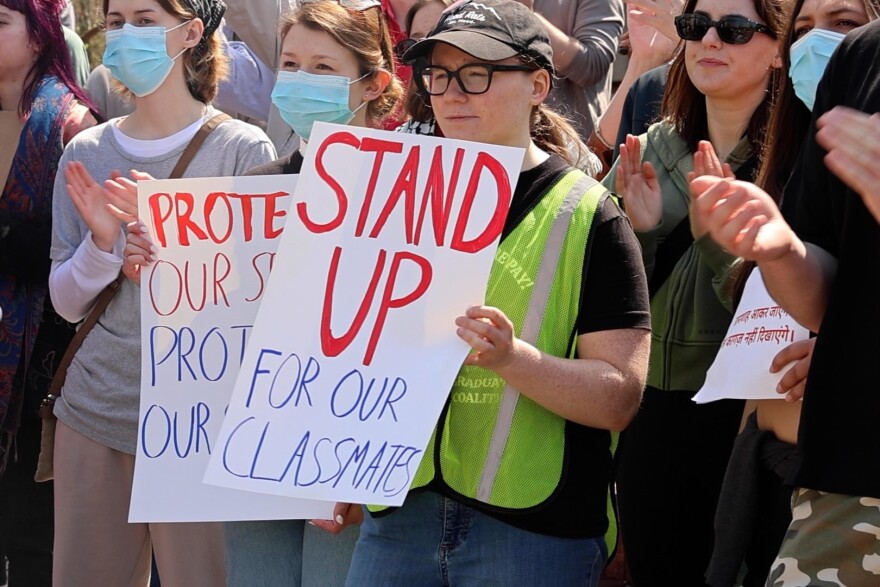As more international students opt out of enrolling in college in the U.S. and Indiana, it could cost the economy.
A November analysis published by NAFSA: Association of International Educators found that new international student enrollment in U.S. institutions declined by 17 percent in the last year. In all, enrollment dropped by 7 percent. Indiana is no exception, as its largest two universities documented drops in international student enrollment.
NAFSA reported these decreases cost the U.S. economy more than $1 billion and almost 23,000 jobs.
Rachel Banks, senior director for public policy and legislative strategy for NAFSA, said policies on visa and international student policies in the U.S. played a role. Thousands of international students saw their visas revoked without notice last spring, including students at Purdue University and Indiana University.
“Every other administration previously — both Democrat, Republican — there's been that welcoming message and or that common understanding, that international students are important,” Banks said. “They are contributors. They help make America what it is. They help advance innovation. They ensure that we're at the forefront of our research capabilities.”
This fall, Purdue and IU reported enrollment decreasing about 14 percent.
Enrollment at Purdue dropped from 9,579 last fall to 8,937 this year. International students make up about 16 percent of the student body this fall, Purdue reported.
At IU, almost 5,650 international students enrolled, dropping from 6,578 in 2024. More international students came from India than any other country. Just over 1,000 international students were Chinese. It’s a significant drop from the 2,649 Chinese students enrolled in 2019, before the COVID-19 pandemic began.
These decreases in international student enrollment cost Indiana more than $25.9 million, NAFSA reported.
Banks said NAFSA’s analysis includes tuition dollars, housing, living expenses and more. For example, Bloomington relies heavily on IU for its economy.
“To see fewer international students on campus, I mean, that certainly would have an impact on a community like Bloomington,” Banks said.
Banks said the U.S. could turn the decline around if it seizes on the opportunity.
“If the administration continues in the same pattern — policies that are harmful, actions that are harmful — it leaves little room for optimism as to what the next cycle of data will show,” Banks said.
NAFSA advocates for improving visa processing, interview availability and pathways to residency, Banks said.
In addition to federal officials revoking an unprecedented number of visas in the spring, Banks said visa processing was paused from May to June, a peak time for international students.
“To have it happen at that moment is incredibly disruptive,” Banks said. “We're lacking in information from the State Department. Not since May have we seen any data published publicly that shows visa issuance for the months of June, July, August.”
Meanwhile, the federal government has proposed more changes that could impact international students, such as imposing rigid timelines or ending temporary practical training programs.
Banks said the U.S. competes with every other major country to attract international students, and they all offer post-study work opportunities.
“If that were to go away, we know full well that international students would not choose to come to the United States,” Banks said. “Because they really want to know, ‘I'm getting a degree. I'm investing in a degree, but I also know I can get some work experience to go along with it.’”
Fewer international students cost Indiana, U.S. economies

Aubrey Wright
/
WFIU/WTIU News





